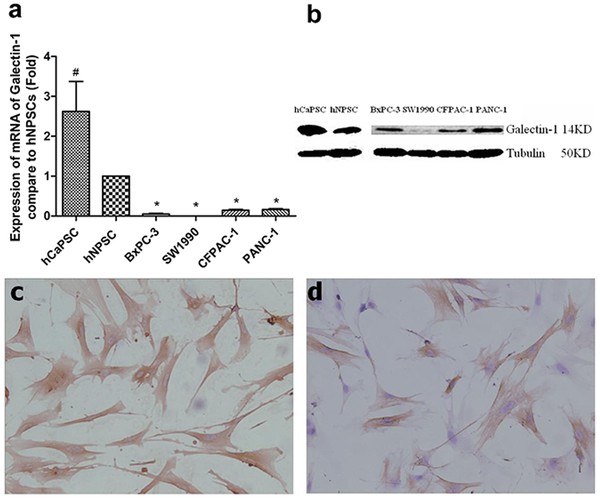Engineering Pancreatic Cancer Cell CFPAC-1 for Self-destruction
Despite the tremendous effort in the diagnostics of pancreatic cancer, only very few patients can be cured by surgery leading to a 5-year survival rate of only 3%. Immunotherapy for pancreatic cancer provides potential new options for patients with this difficult-to-treat cancer. Equipped with a team of seasoned scientists with platforms designed specifically to meet very challenging requirements in the development of precision medicine for the treatment of pancreatic cancer, Creative Biolabs offers reliable support for pancreatic adenocarcinoma cell line (CFPAC-1) engineering service.
Introduction of CFPAC-1
CFPAC-1 was derived from a liver metastasis of cystic fibrosis (CF) in a 26-year-old white male. Carriers of mutations in the gene encoding the cystic fibrosis transmembrane conductance regulator (CFTR) commonly exhibit idiopathic pancreatitis, which is a risk factor for pancreatic cancer. In addition, it has been reported that CFTR carrier status is a direct risk factor for a patient with pancreas cancer before age 60. The exact role of CFTR carrier status playing in the pathogenesis of pancreas cancer remains not clear. Pancreas cancer cell line CFPAC-1 may likely have resulted from unique molecular events that may not be representative of the basic pathogenesis. Meanwhile, this is a great opportunity for precision medicine-based immunotherapy.
 Fig.1 PSCs derived Galectin-1 promotes the proliferative activity (S-phase fraction) of CFPAC-1 cells. (Tang, et al., 2014)
Fig.1 PSCs derived Galectin-1 promotes the proliferative activity (S-phase fraction) of CFPAC-1 cells. (Tang, et al., 2014)
Pancreas Cancer Cell Line CFPAC-1 Engineering Services at Creative Biolabs
To inspire the lymphangiogenic potentiation of immunotherapy to turn cancer cells against themselves, Creative Biolabs has developed innovative platforms. Based on these advanced platforms, a comprehensive range of Cancer Cells are available to be engineered. CFPAC-1 is a potential cell line that can be used in the research of the treatment of pancreatic cancer. Different genetic methods for cancer cell engineering for self-destruction are available, including but not limited to:
Moreover, Ex Vivo Immune Reactivity and Toxicity are needed to assess the effect of self-destruction cancer cells. Our methods for ex vivo immune reactivity assessment include Cytokine Production Measurement and Chemokine Production Measurement. Our methods for toxicity assessment of self-destruction cancer cells include but are not limited to:
For more detailed information, please feel free to contact us or directly send us an inquiry.
References
-
Deer, E.L.; et al. Phenotype and genotype of pancreatic cancer cell lines. Pancreas. 2010, 39(4): 425-35.
-
Tang, D.; et al. Pancreatic satellite cells derived galectin-1 increase the progression and less survival of pancreatic ductal adenocarcinoma. PLoS One. 2014, 9(3): e90476.
For Research Use Only | Not For Clinical Use


 Fig.1 PSCs derived Galectin-1 promotes the proliferative activity (S-phase fraction) of CFPAC-1 cells. (Tang, et al., 2014)
Fig.1 PSCs derived Galectin-1 promotes the proliferative activity (S-phase fraction) of CFPAC-1 cells. (Tang, et al., 2014)
 Download our brochure
Download our brochure